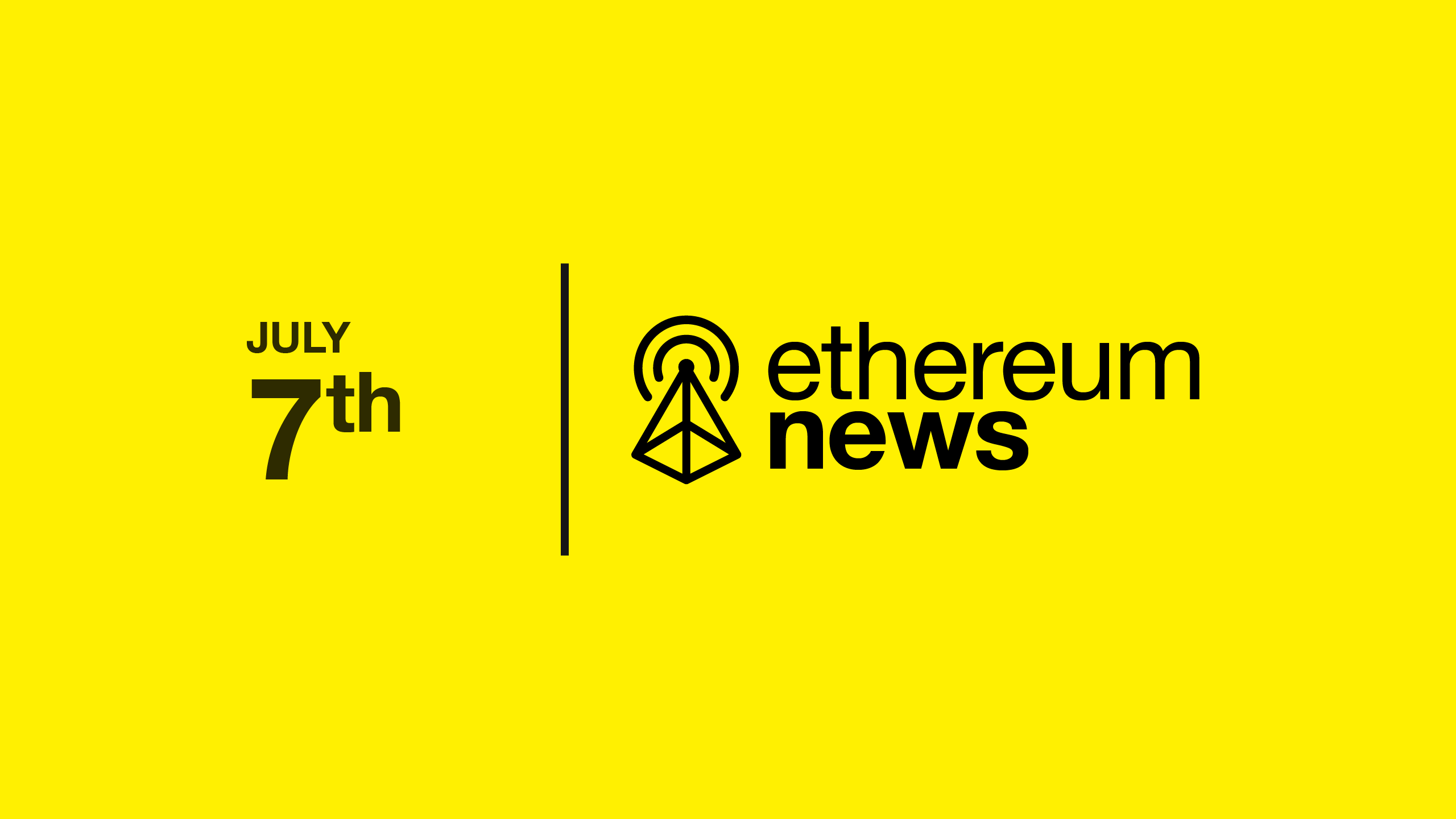ERC-7281 Bridge Token Standard
A proposed extension to ERC-20 for a bridge token standard.

Quick Take
- A Connext developer proposes a bridge token standard.
- Paradigm released an update for its Reth client.
- Balancer introduces the 80/20 initiative.
- Aave proposes the GHO Stability Module (GSM).
ERC-7281 Bridge Token Standard
Connext Network developer Arjun Bhuptani introduced ERC-7281, a proposed extension to ERC-20 for a bridge token standard called xERC-20. Currently, bridges must choose between canonical bridges with high liquidity requirements or riskier mint and burn mechanisms without liquidity demands. Mint and burn systems also introduce multiple representations of the same underlying asset.
ERC-7281 enables token bridging across domains without the need for multiple representations of the same asset. The standard also allows token issuers to set rate limits and specify which bridges can mint or burn their tokens. It also introduces a Lockbox, which is a wrapper contract that consolidates origin chain token liquidity.
Reth Alpha 2 Release Updates
Paradigm released an update for the alpha release of its Reth Ethereum execution client. Reth v0.1.0-alpha.2 includes Engine API stability improvements, new metrics, and bug fixes for out-of-memory issues. Reth is now supported on macOS Homebrew and Linuxbrew package managers, offering installation with a single command.
Reth is a new implementation written in Rust and inspired by Geth, Erigon, and Akula. Reth can also sync an Ethereum archival node from Genesis in 50 hours, compared to days for other clients. Paradigm also released publicly tracked milestones for its client and plans to release updates every two weeks.
Balancer Introduces The 80/20 Initiative
Balancer introduced the 80/20 initiative, a call to action for protocols to adopt Balancer’s 80/20 liquidity model and use a Balancer Pool Token (BPT) as their vote token. Currently, most protocols use a single-sided staking mechanism, where users lock governance tokens in exchange for voting power and boosted incentives.
However, locking tokens reduces circulating supply, leading to lower market liquidity and increased slippage. The 80/20 model is a mechanism consisting of a two-asset pool with 80% of a protocol’s token paired with 20% of the chain’s base token. The approach offers deep liquidity, reduced impermanent loss, and better incentive programs. It allows liquidity to remain active, earning fees from swaps.
GHO Stability Module (GSM) Proposal
A temperature check proposal for the introduction of a Peg Stability Module (PSM) for Aave’s GHO stablecoin is now open for discussion. Coined as the GHO Stability Module (GSM), the module will maintain stability for GHO by enabling conversions between GHO and governance-approved stablecoins at a predetermined ratio.
The GSM also introduces price strategies, a debt ceiling, last-resort liquidations, a capital allocator, price bounds, and swap freezes to stop trading in case of price deviations. The next steps for the proposal include code reviews by auditors, revealing the codebase, and determining parameter threshold configurations.

